I often get asked...
"What does a 'typical' day in a kindergarten class look like?"
There really is no typical day!
At our school, the kindergarten teachers always say "prepare for the unexpected" - which happens all the time! - and we often sing the song "Let it go" from the movie Frozen - because there may be times in which you hope to get to something but don't - just let it go!
I presented this topic back in April at the Staff Development for Educators Ontario Kindergarten Teachers Conference in Hamilton.
I will also be presenting this topic again next week at the I Teach K! Conference in Las Vegas.
Please let me know if you will be joining me!
"Play and academic work are not distinct categories for young children, and learning and doing are also inextricably linked for them."
(Ontario
Full Day Kindergarten Curriculum Document, 2010, p.13)
It's important to remember that play can be both child-initiated free play and more structured play-based learning opportunities.
I really love the fact that our students come all day, every day to school.
I just finished teaching my 11th year, all in kindergarten, so I have truly seen how much things have changed.
As educators, we must remember that young children are active learners:
- they move, shake, wiggle
- they are explorers, artists, dancers, musicians
- they are curious, hands-on learners
- they have energy!
Asking a child to sit for long periods of time, whether on the carpet for a whole-group lesson, or at a table, is not expected at this age.
Keeping this in mind while we plan for our day, here is a look at our schedule from this past year.
We try and schedule as many large, open-ended blocks of free time as possible (sometimes difficult when "specials" like health and physical education are slotted into your day for you and cannot be changed).
So how does our day start?
When the children come in, we have a few that are crying to go home and anxious as to what we are doing today so having a visual schedule of what the day looks like helps.
Children can move the magnet along to see how far we have come and what's left before it's time to go home.
They also sign in and take turns pointing and reading a poem while we wait for all our friends to join us.
We meet together on the carpet for a whole-group lesson, usually focusing on language:
- shared reading/read-aloud (book or poem)
- discussion about student interests
- students presenting new findings for inquiries
- writing/drawing
lesson
- sharing time (i.e.
inquiry, writing sample)
- reviewing how to use
materials/class discussion
- hands-on
game/activity
*Our whole-group meeting lasts anywhere from 10-15 minutes max. then students are ready to start at centres around the classroom.*
All of the centres in the classroom are open all day for the children to explore.
Throughout the day, both the ECE (Ms. Iannucci) and myself are documenting student learning, assessing, meeting children for small group lessons according to ability, engaging in inquiries, etc.
Here are some centres in our classroom:
We like to use the carpet for building/blocks as it gives children a lot of room and is the focal point in our room, as it is in the middle of the class. This allows for the children to gather materials they may choose to use from centres all around the room.
Our Discovery/Science area is a place where children often bring in their "found treasures" (including rocks, flowers, sticks, nature items from a family trip, etc.). There is lots of excitement in the morning, when students arrive, as they enjoy seeing if there are changes to an experiment (i.e. will the seeds grow?) or how our pets are (i.e. we had pet snails last year!).
The light table is always popular as students can use their imagination to create unique things!
Not two creations ever look alike!
This is a great opportunity for educators to have rich conversations with our students, asking open-ended questions, possibly leading to an inquiry.
Then sensory table can hold many things. Some things we have added this year:
- rice, buttons, sifters (photo above)
- popcorn kernels, black beads, tweezers and small containers to collect beads
- yarn and beads
- water! (with a variety of small objects)
- soil, gardening gloves, pots, seeds
- marbles, spoons and empty wrapping paper tubes
- soap and bubbles
- food colouring and water, eye droppers and a variety of containers
...the possibilities are endless!
This year, we moved our sensory bin near our doors leading outside so that the children can experience this centre during outdoor play. It worked so well!
Playdough is a centre that can be both free-play and structured. Here we set up a provocation inviting the students to create their own garden after reading some books on spring.
We placed the overhead projector in the hallway, which allows students from the classroom beside ours to also explore with it. You can often find small mirrors, colour pallets, and objects at Michaels or the Dollar store, which make for great trinkets at this centre!
Our sand box is another centre that encourages children to use materials around the class to support their play (i.e. often times we see children adding blocks or loose parts from our math centre). Lots of open-ended play which, again, leads to rich conversations!
At the math centre, the manipulatives are often changed depending on what the students interests are or what we plan on focusing on are. Everything we offer here is hands-on, open-ended and lots of fun!
Our dramatic centre physically changes often - it has relocated in our classroom several times!
The students have co-created so many things over the years including a Pizzeria, Grocery Store, Bakery, Florist Shop, and Ice Cream Shop.
A couple of years ago, we had such a high interest in "taking things apart" that we created a 'fix-it" centre. Parents donated many things to help us - including old laptops, telephones, remote controls and stereos. We purchased small tools from the Dollar Store and an EA at our school was able to find safety goggles for our students.
The library area is another area that changes locations in our classroom often, depending on what else is happening. We want this area to be a quiet place for students to not only read, but they can bring an iPad over, write with a clipboard, engage in small world play, etc.
At the writing centre, we offer students many different tools including picture dictionaries, sight word rings, vocabulary flip books, different writing paper (coloured, lined, blank, stapled, etc.), stencils (my absolute favourite!), and lots more!
It's important to remember that if your students are not necessarily drawn to the writing area in your classroom, ask yourself why? Perhaps adding something new (like coloured paper or fancy scissors) will encourage them to write!
We expect all of our students to do at least 1 piece of writing each day, ranging from a drawing to practising his/her name, to writing a story or adding a few sentences to his/her picture.
This is certainly a popular area in our classroom!
We want children to express their creativity in many different ways, so the art centre often houses a variety of materials for the children to use, and it's located near the writing centre.
Many students love to paint!
This year we turned our snack area into a "bistro" - similar to a restaurant where students can eat and chat with a friend. We loved using these small round tables!
I hope you will be able to join me next week in Las Vegas to hear all about how children self-regulate at these centres and see different examples of materials we set out to explore.
You can find out more about the conference by clicking {here}.
Stay tuned for more blog posts this summer about provocations, some of our favourite materials to use and where to purchase them, troubleshooting centres, examples of small group lessons and lots more!





















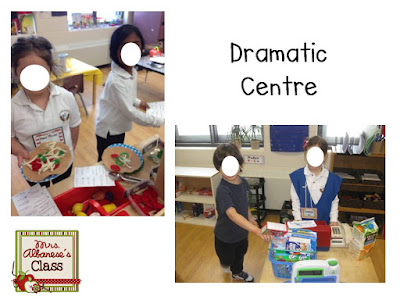









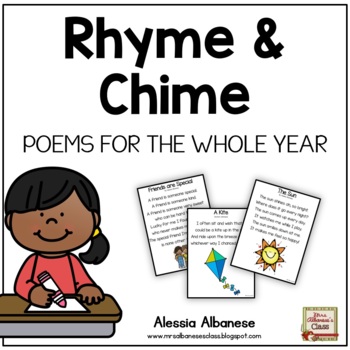

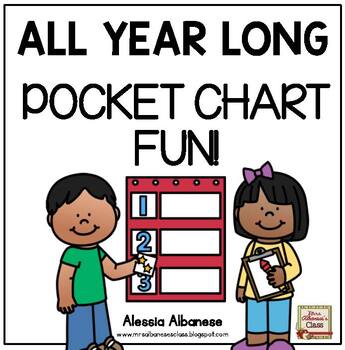
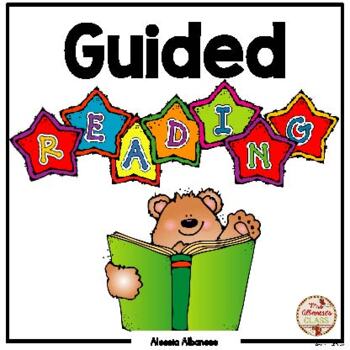
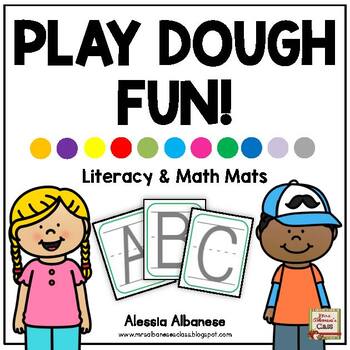

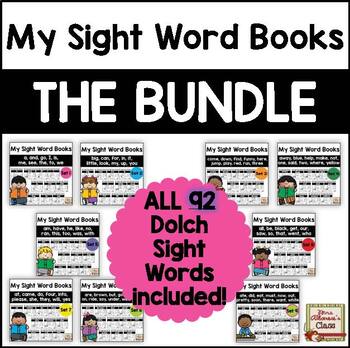

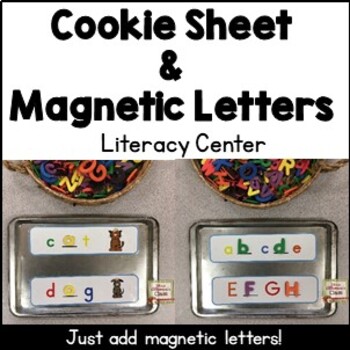
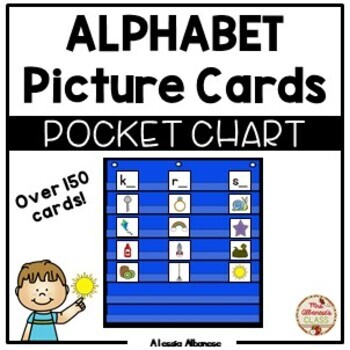




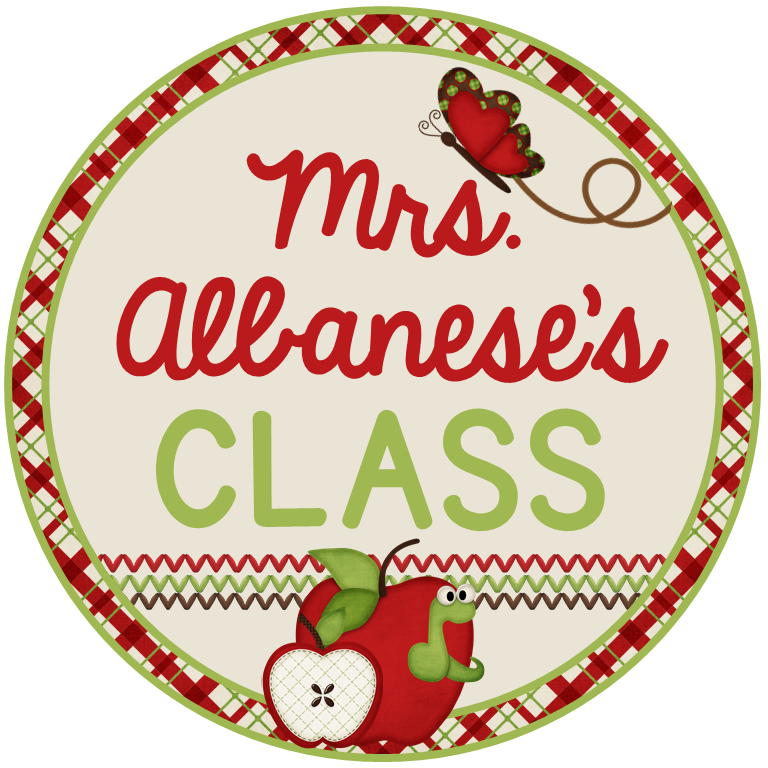
No comments
Thank you for visiting my site today. I love to hear comments and questions. If you read something that you want me to discuss with you via email, you can use the comment form at the top of my page.